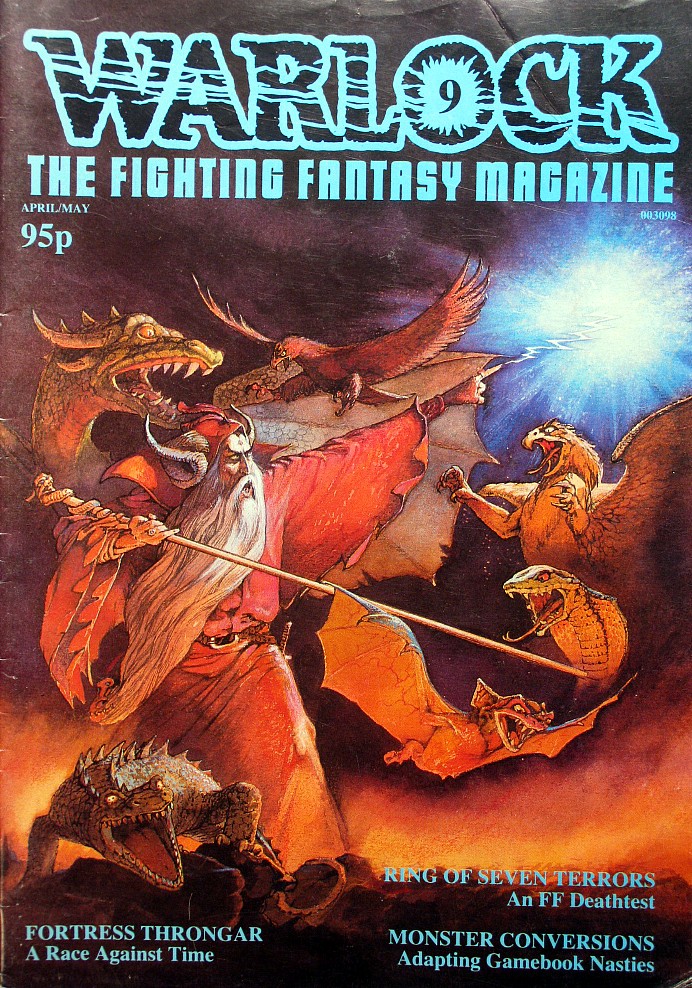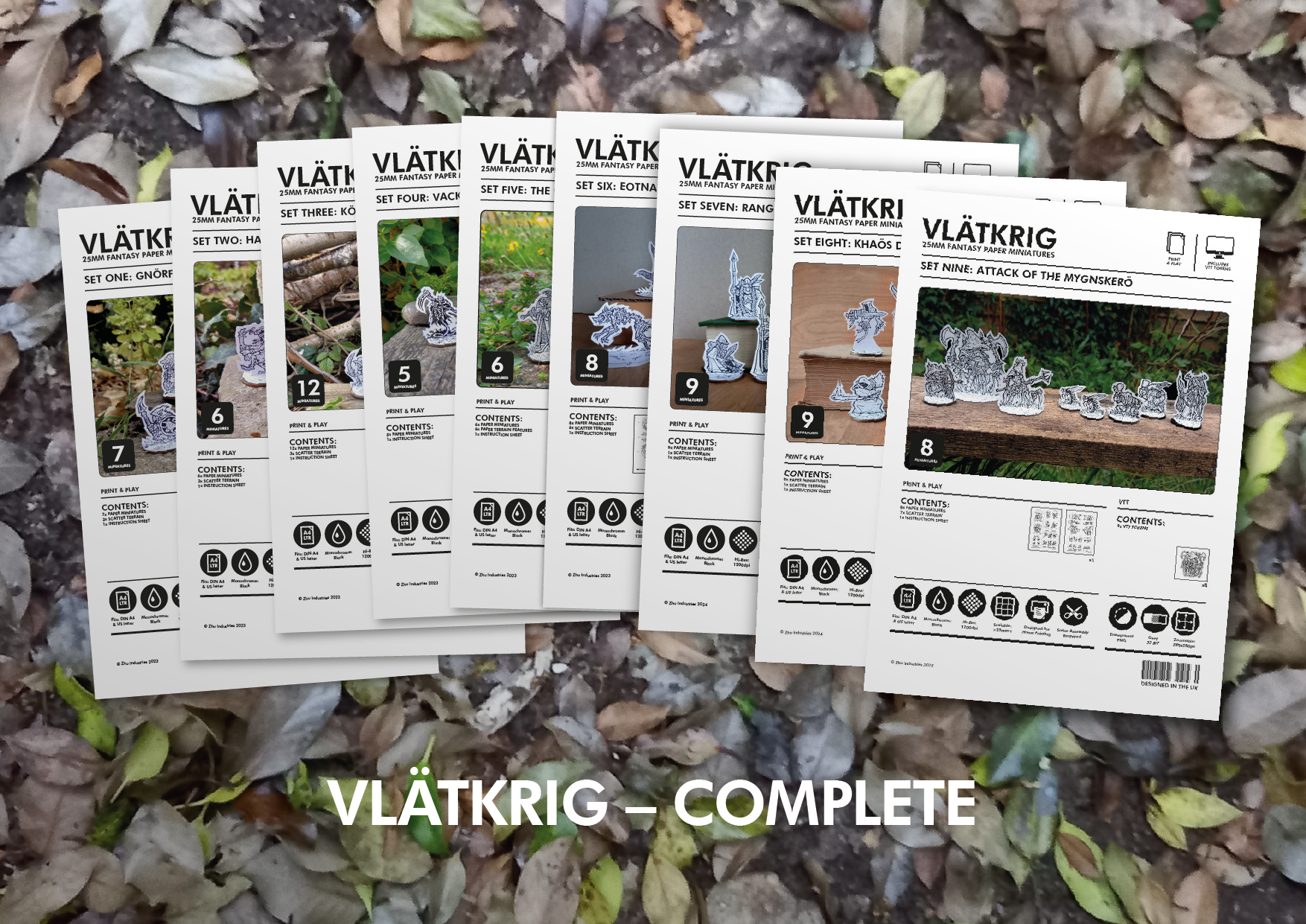"you remember the rumours and stories the villagers told you: 'The Warlock's power comes from his cards.'The sorcerer sees your interest in them and you both rush for the table. You get there first. "Leave those alone," he screams. "or you risk my fullest wrath!'"
-
Warlock of Firetop Mountain Steve Jackson & Ian Lvingstone, 1982.
This struck a 10 year old me as a bit odd, to have this great evil wizard's magic tied to a pack of playing cards. But of course, Steve & Ian might not have had ordinary playing cards in mind at all all, but perhaps a magical spell casting tool, perhaps something like these:
A deck of cards from
Warlock: The Game of Duelling Wizards,designed by Bob Connor, developed and published a scant two years prior to
The Warlock of Firetop Mountain by Steve and Ians company Games Workshop and illustrated by
Russ Nicholson.
/pic19844.jpg) |
Warlock: Despite the box art, there are no attack seagulls.
|
|
Delve further into the deck, to find the Black Wizard card:
And compare with Russ Nicholsons design for Zagor - The Warlock of Firetop Mountain:
 |
| Warlock: I Am The Black Wizards |
While not identical by any means, there are many similar motifs, and design themes run through the two characters.
Warlock is a game for 2-6 players, but it needs 4 to work at all well. Each turn the player-wizards cast a spell by laying a card which attacks the player to the left, who can then cast a defence spell or loose, get sent to Limbo and then resurrect themselves by expending energy points. Remember the resurrection spell Zagor cast upon himself to return, in
Return to Firetop Mountain ? Yep, almost exactly like that. The battle rages on over a map of Stonehenge - which is a useful insofar as it shows who is in and or out of the each duel, and the final winner is given the title of...
The Warlock.
So, on these points of intersection, the similar visual design, the magic
spell-cards, the honorary title of Warlock, the resurrection mechanic, I'm going to declare
Warlock: The Game of Duelling Wizards part of the Fighting Fantasy canon, and part of the magic of Allansia.
Ta-Da!
Any discussion of magical card games that doesn't mention Magic: The Gathering would be crimial in its oversight. I've never played it and have nothing to say, but there: it is mentioned. However I did Recently play the magically themed German card game
Wizard Extreme, which is simple, elegant, tactical and social trick-taking, yet lacks any feel or flavour of the theme, the art on the cards nothing but something to look at, completely irrelevant to the numbers and suits which the game relies on. In contrast
Warlock seems to be designed around the theme with little concern for tactical play, other than to sit out, shuffle through the card deck hoping to get some awesome powers, or enter the dual and see what happens. There's not much other brain-work to be done, other than determining what defence spells will work against whatever is assaulting you.
What
Warlock achieves is being evocative of a fantasy world, and the narrative of
summoning hordes of goblins or blasting firebolts really takes over, if you're the kind of roleplayer who does the silly voices, then this is a treat as you send in grim faced dwarves against your opponents goblins only to be thwarted by giant eagles carrying magic spears. The black and white cards by Russ Nicholson are ludicrously good, easily on par with the Fiend Folio and the early Fighting Fantasy. There's an entire Tolkienesque / Old School D&D fantasy world campaign here, strange sprites, despotic demons, grumpy goblins, dour dwarves, grim heroes, pious saints, eldritch magic swords.
/pic149072.jpg) |
| Warlock |
Warlock was designed by the late Bob Connor, a name familiar to wargamers - founder of Table Top Games, which alongside Bobs own wargames rules were responsible for giving the original designers of Warhammer an early start - Rick Priestly his first job in games (sculpting 15mm figures), publishing Bryan Ansells
Laserburn Sci-fi rules and Halliwells fantasy wargame
Reaper, and a huge number of other rulesets. It is a small world after all, and as if to prove that,
Warlock was also the original impetus for
Julian Gollop (of
Laser Squad, X-com etc. fame) to create the seminal ZX Spectrum turn based strategy game
Chaos: Magic & Death on the Plane of Limbo (you can
play the original Chaos online here a new version -
Chaos Reborn is forthcoming) published by who else, but Games Workshop.
The story goes that Julian wasn't allowed to play
Warlock by the game geeks mafia at his school club, so he went off and wrote his own version, which he eventually programmed into his ZX Spectrum and became
Chaos: Magic & Death on the Plane of Limbo. He makes some radical changes and improvements - the spells and summoned creatures now move around a grid rather than just clockwise, and it plays a bit like a skirmish wargame, albeit with factions randomly drawn from the DM's miscellaneous monster collection of Gorillas and Wyrven miniatures...
...and thusly is born The Chaos Warlock variant, the board game of the computer game of the card game (expect a PDF some time prior to
Ragnarök) or to give it it's full title:
CHAOS WARLOCK: The Game of Duelling Magical Wizards on the Planes of Eternal Limbo and Death.
All you need is a the Warlock board game, a set of card stand-ups from Bloodbowl, Talisman (or
different coloured Card Stands from EM 4), a chess-board, a normal 6 sided die, and a tolerance for shonky rules.
The aim is to defeat all opposing Warlocks, sending them to the plane of Limbo.
 |
| It's time to learn the real magic. |
1. Set Up
1.1 Each Chaos Warlock draws 14 spell cards and chooses to be a Black or White wizard.
1.2 Warlock places their Chaos Warlock card anywhere on the edge.
2. Each Turn
2.1 The Current Active Warlock may cast 1 spell - or cast 'disbelieve' at a spell card
2.1.1 Spell casting: One creature card placed on a square adjacent to the Active Warlock. summoned creatures may be equipped with weapons and defensive magic when summoned. Limit 2 items per creature. These cards are stacked behind the creature card.
2.1.2 Disbelieve: The Current Active Warlock may ask any to reveal what is there - if it is a blank card it is removed from play.
2.2 The Chaos Warlock and all his summoned creatures may move 1 square per turn.
3. Offensive Spells:
3.1 Offensive spells travel instantaneously on straight lines approximate paths.
3.2 If a non-targeted creature is in the way then it will hit that, not the target.
4. Defensive Spells
4.1 Defensive spells may only be cast in response to a direct magic attack against a Chaos Warlock.
5. Combat
5.1 When two creature cards (including Chaos Warlocks) arrive on adjacent squares, turn both to be revealed to the other player.
5.2 The card owned by the Current Active Warlock is the Offensive card.
5.3 The stationary card becomes the Defensive card.
5.4 Roll a dice, add to the Offensive number (including adding appropriate equipment bonuses)
5.5 Roll a dice, add to the Defensive number (including adding appropriate equipment bonuses)
5.6 The highest score wins, losing card is removed from play.
5.7 If the result is a draw the combat continues in the next players turn.
6. Special Rules
6.1 Cards which lose combat to the Siren are not destroyed but change allegiance to the Sirens Chaos Warlock.
6.2 Blank Cards are "fake" spells, zero combat value but work to annoy the opponent and reveal their creatures.
6.3 Chaos Warlocks may wield any non-assigned wield-able items in their Spell-book (limit 2)
Of course you could replace those Warlock cards with miniatures on the board, unfortunately the summoned creatures would be a bit of a killer on the bluffing and fog of war aspects of the variant, but the wizard could easily be using what else, but a miniature of
Zagor from Otherworld.
or perhaps the Evil Wizard that I had a hand in designing (!)
Let's hope Nicodemus and Yaztromo to get sculpted to use as White Wizards at some point in the future, because. let's be honest, they look just like the White Wizard cards from
Warlock...





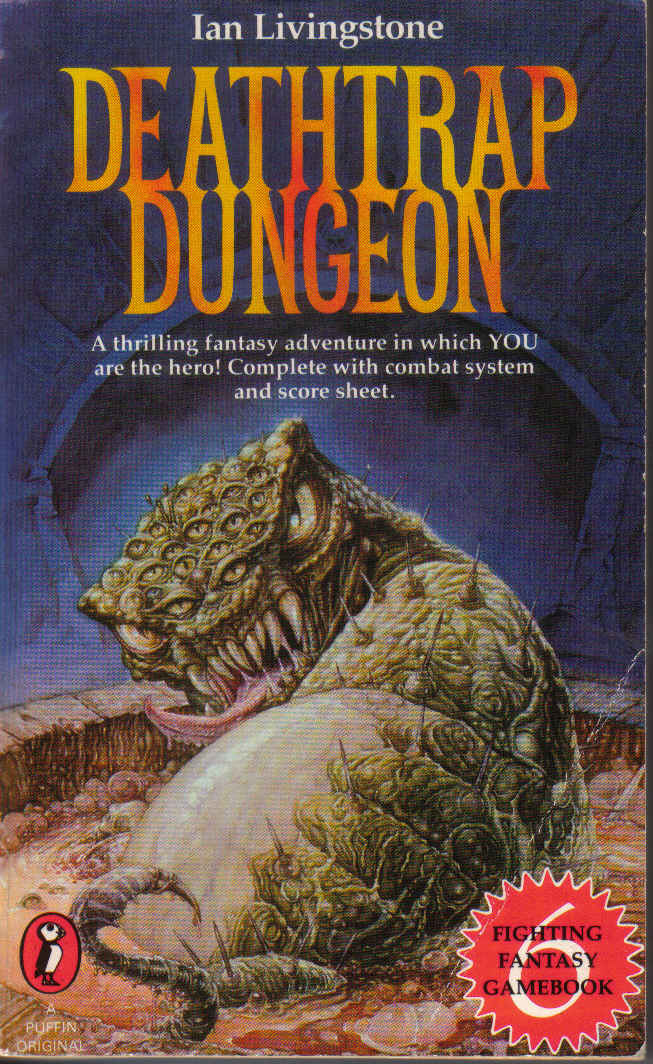
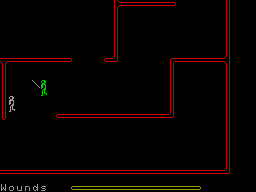








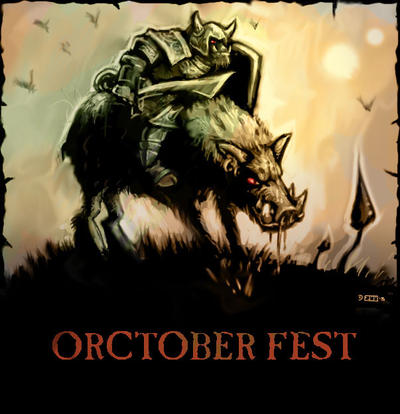

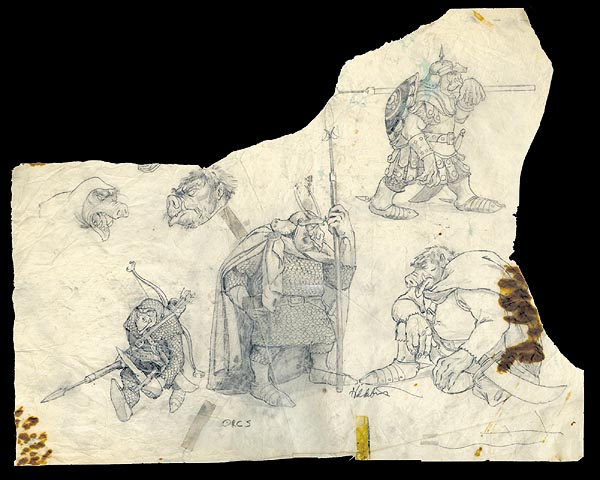





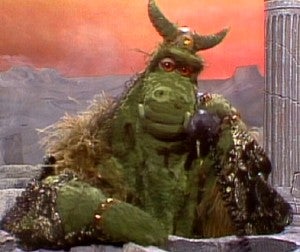


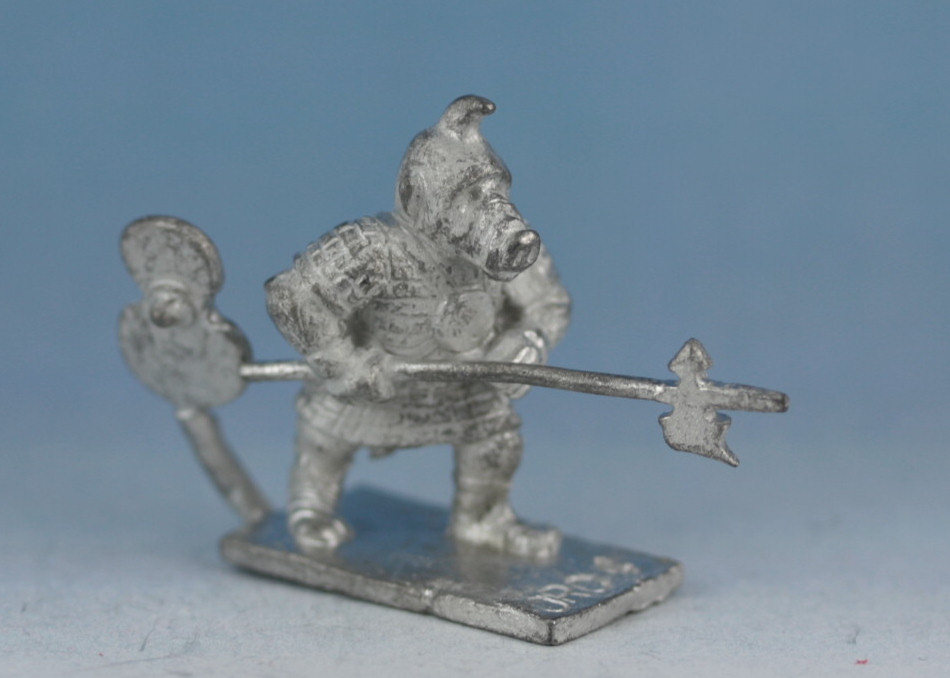

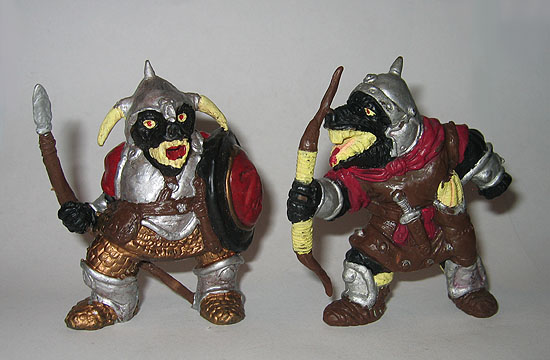
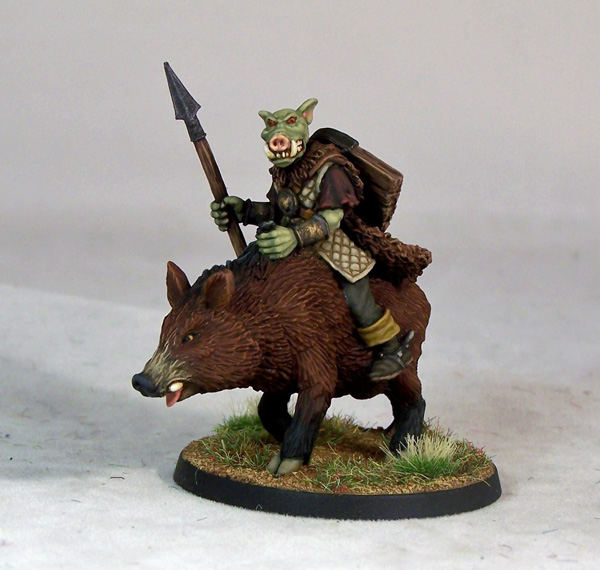

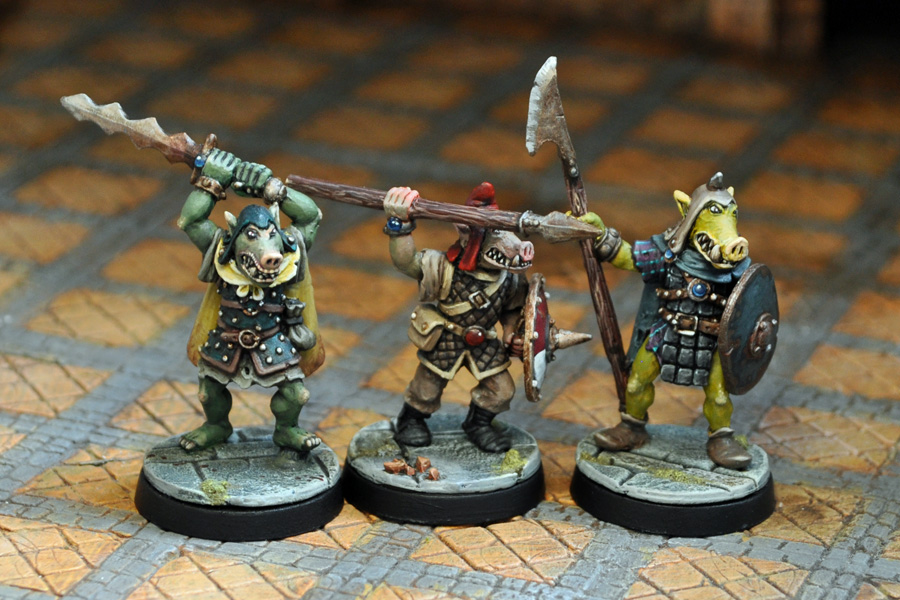
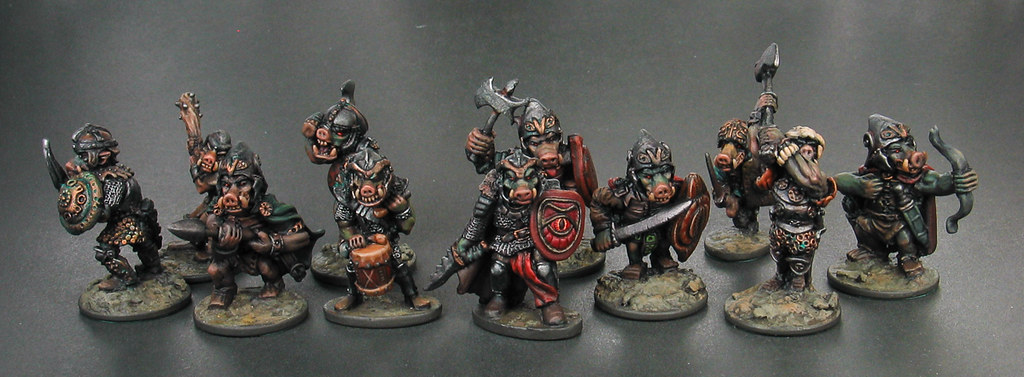






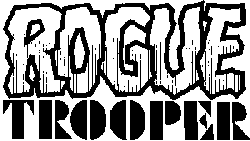
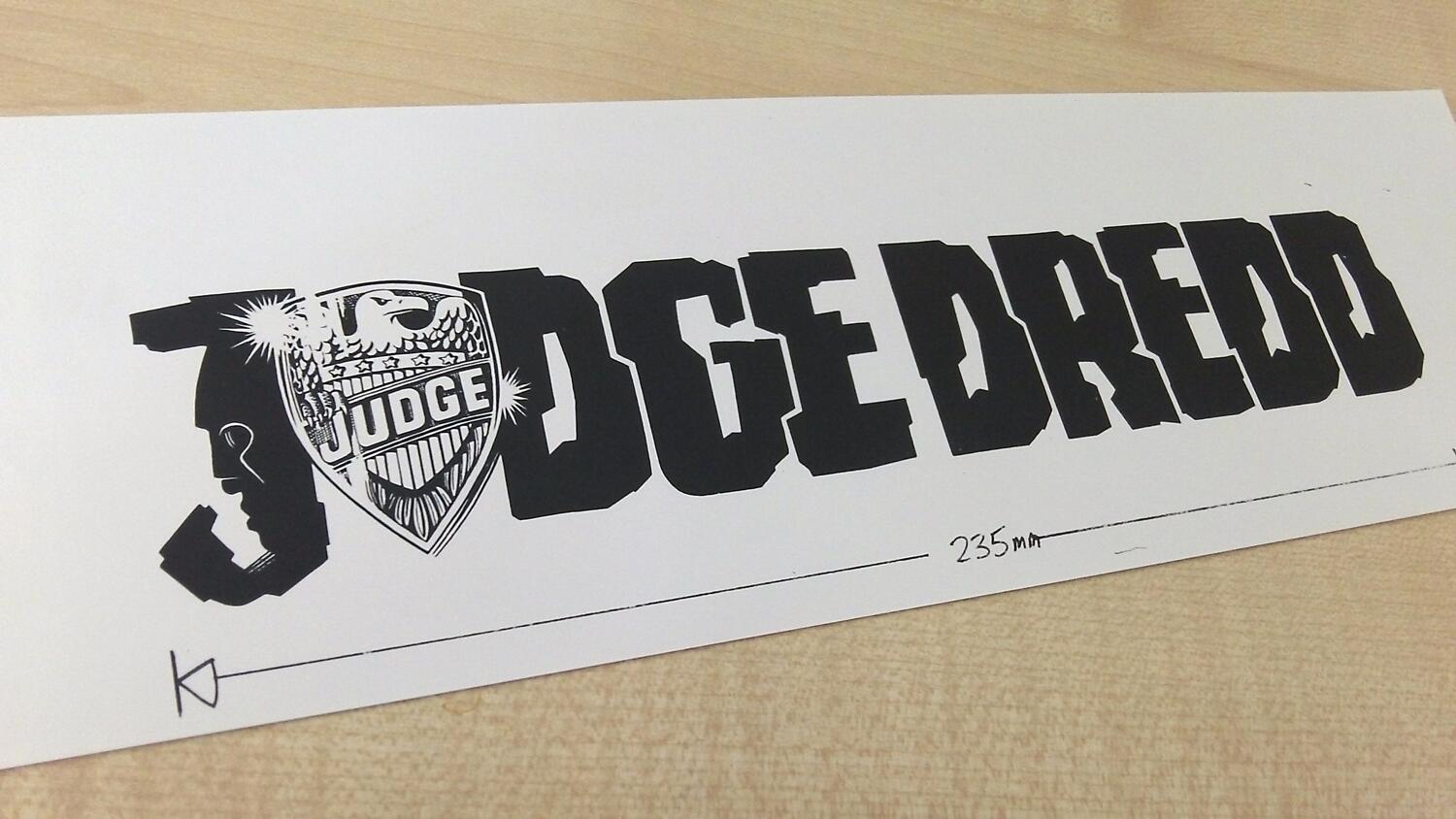





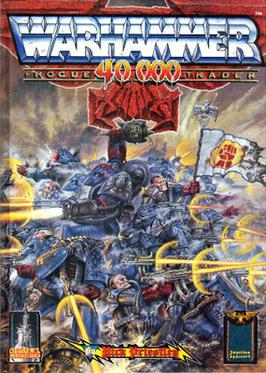


/pic19844.jpg)


/pic149072.jpg)

